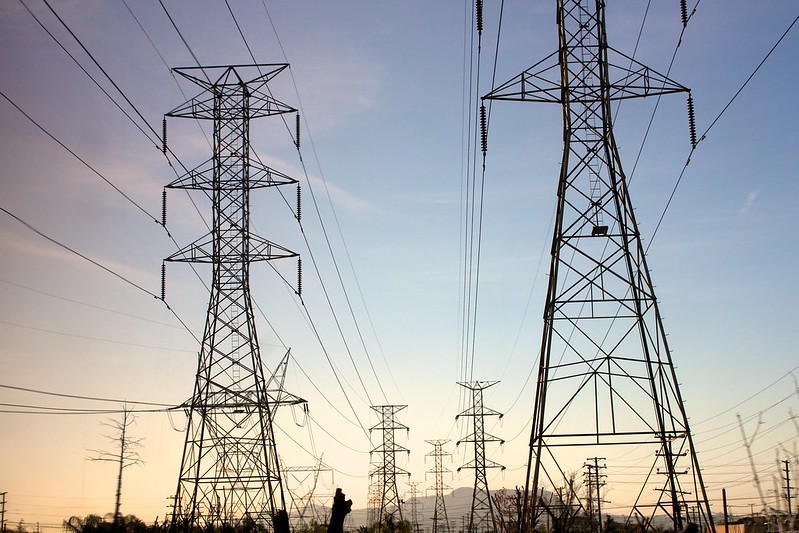by Daniel Firger
Associate Director
NOTE: This blog post is excerpted from a new report published on July 28, 2011 by the Columbia Center for Climate Change Law. The full report can be downloaded here (PDF).
Coal is the most polluting fossil fuel, releasing far higher levels of carbon dioxide (CO2) and conventional air pollutants—including sulfur dioxide, nitrogen oxide, and mercury—per unit of energy than either oil or natural gas. New air quality regulations are leading to the closure of many of America’s oldest and dirtiest power plants, reducing demand for coal. At the same time, advanced drilling technologies are unlocking potentially vast supplies of relatively inexpensive methane, making cleaner-burning natural gas an increasingly competitive alternative to coal for electricity generation. As a result, some projections estimate that coal’s share of the total U.S. energy mix will drop to as low as 22 percent over the next two decades.
Anticipating falling domestic demand, coal mining companies (and the railroads which transport nearly all U.S. coal) have begun looking to overseas markets such as China and India, where electricity use is skyrocketing and environmental regulations are still relatively lax. The result is profound: between 2009 and 2010, U.S. coal exports to China increased by a factor of ten, and industry forecasters anticipate a “30-year super cycle in global coal markets,” with rising demand across the Asia-Pacific region met by sharp increases in U.S. exports from the Powder River Basin (PRB) of Wyoming and Montana, an area characterized by unusually high concentrations of coal that can be extracted at relatively low cost.
Because the impacts of CO2 emissions are global in nature, it makes no difference from a climate change perspective whether coal mined in Wyoming is consumed in Chicago or Shanghai. With coal export volumes poised to increase dramatically in the near- to medium-term, circumstances call for more comprehensive legal and policy response.
This report examines the legal and regulatory framework for U.S. coal exports, focusing in particular on the significant improvements in railroad and port infrastructure that will be necessary in order to boost the volume of overseas coal shipments to the degree anticipated by recent industry projections. While existing railroads and ports have the capacity to handle current coal export volumes, much more infrastructure will be needed to meet surging foreign demand. Changes in global commodity markets are making coal exports (especially PRB coal shipped to Asia) a reality, and a wide variety of new construction projects are under consideration to expand capacity and relieve congestion. These range from double-tracking existing Class I railroad rights of way to dredging harbors and installing a variety of new facilities to load, store, and ship coal from West Coast seaports.
Because the phenomenon of large-scale U.S. coal exports is new, no comprehensive analysis has yet been undertaken to explore the federal, state and local laws applicable to each step in the process. It is our hope that this report will contribute to ongoing debates surrounding this important issue.
The report is divided into four broad sections. Part I deals with railroads, which are the primary means to transport coal from mine sites to ports for onward shipment to foreign markets. If industry projections on coal export volumes are accurate, significant improvements and expansions to existing rail infrastructure will be needed across much of the Western United States. Part II deals with port facilities themselves. Few U.S. ports, particularly those on the West Coast, have the capacity to handle the anticipated volume of new coal shipments. Like railroads, port facilities will need significant upgrades if expanded coal exports are to proceed as planned. Each of these two sections enumerates the federal, state and, where relevant, municipal laws and regulations that apply to the construction of coal export infrastructure. Part III addresses the National Environmental Policy Act (NEPA), an overarching federal statute that applies to many, if not most, of the activities discussed in Parts I and II. Finally, three Appendices provide case studies of proposed coal export projects, a state-by-state analysis of statutes and regulations applicable to coal export infrastructure permitting in eleven key states, and a discussion of the North American Free Trade Agreement (NAFTA), provisions of which may apply to U.S. coal exports routed through Canada to the ports of British Columbia.
NOTE: To read the full report, “Carbon Offshoring: the Legal and Regulatory Framework for U.S. Coal Exports,” click here (PDF).
Associate Director and Fellow, Center for Climate Change Law



